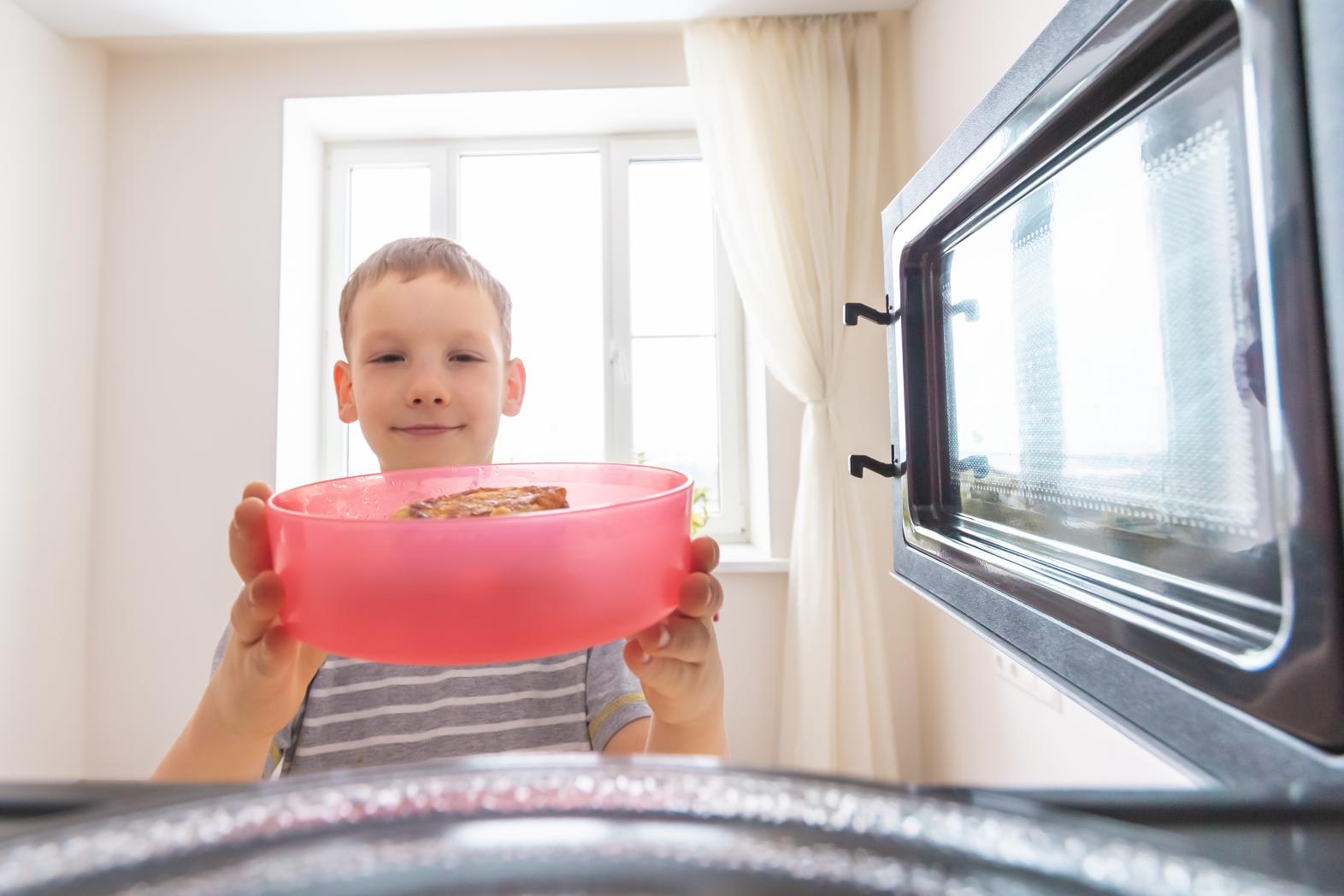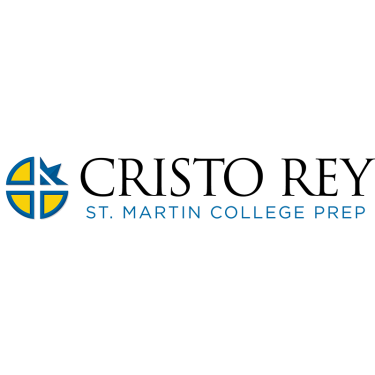Standards for Microwaves: Helping Minimize the Risk of Thermal Burns to Younger Children

Microwaves are useful appliances that are used by many in homes, workplaces and schools. They help users heat meals and snacks in their everyday lives. However, some people, especially young children, have suffered severe burns while retrieving food or liquids from microwaves. From 2002 to 2012, more than 7,000 children under the age of five were treated for microwave-related burns in the U.S.
To address this issue, UL Standards & Engagement published new requirements for child resistant doors to UL 923, the Standard for Safety for Microwave Cooking Appliances, in 2018. The updated requirements were proposed by a group of medical researchers and doctors who began participating in our standards development process after monitoring the alarming number of children being treated for severe, microwave-related burns.
The new requirements are anticipated to go into effect in 2024. The effective date for conformance is dictated by testing, inspection and certification bodies.
How Does UL 923 Make Microwaves Safer for Children?
The testing requirements for microwaves are intended to help make this household item as safe as possible for users in every age group, from children to the elderly. The child-resistant door requirement includes a door handle force test, as well as an override requirement for single-action door opening to help prevent burns and scald injuries.
According to the child resistant door requirement, the user must complete two distinct operations to open a door that allows access to the oven space. Actions like sliding and pulling or twisting and pushing are examples that generally comply with the requirement's intent. Touching two different touch pads, but not the same touch pad twice, also fits the intent of the requirement for microwaves with touch-type controls.
During the door handle force test, researchers apply force to the door handle of a countertop oven that requires a pulling motion to open. The door must not open during this test, and the appliance must not move on the test surface. This test helps to ensure that the microwave is designed to stay in place if there was a pulling force on the handle of a locked, child resistant oven door.
The override requirement for single-action door opening allows a user to disable the child lock with either a three-digit code on a touch control, or an operation that requires a tool. This requirement was put in place to help ensure sure users with mobility impairments could use the microwaves without hinderance.
How You Can Help
Our standards are developed through a consensus-based process, which integrates scientific and testing expertise with input from our Technical (TC) members and stakeholders. TC members represent a variety of interests, including industry, academia, government, retail, and manufacturing. If you are involved in the design, construction, sale, or operation of microwave ovens, and you would like to help improve safety in your industry, please take a moment to learn how you can get involved.
